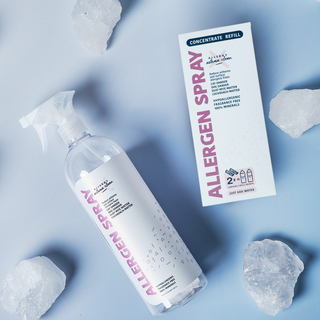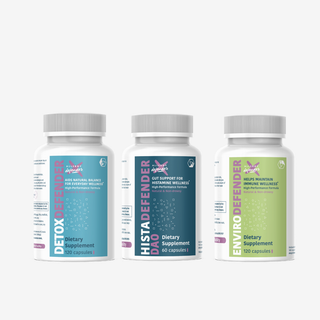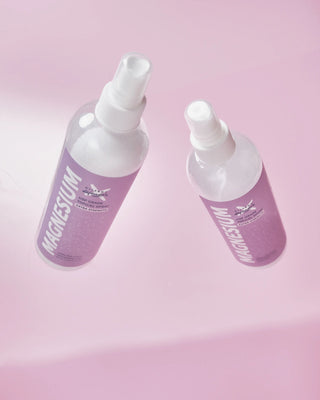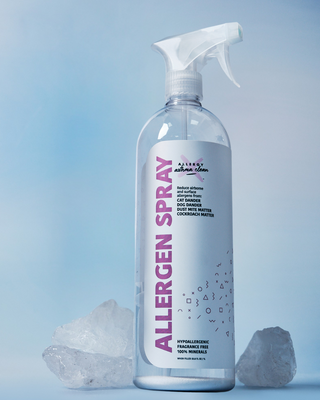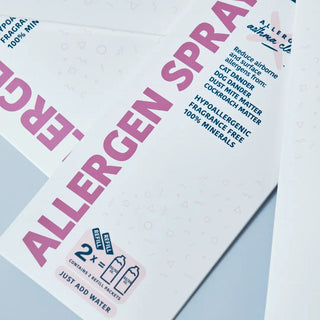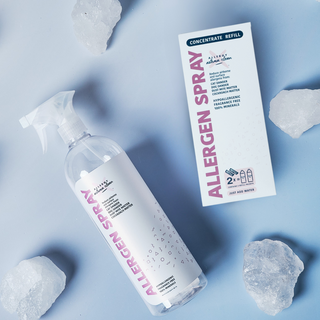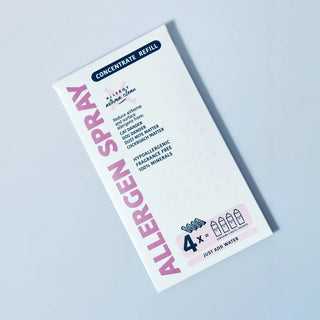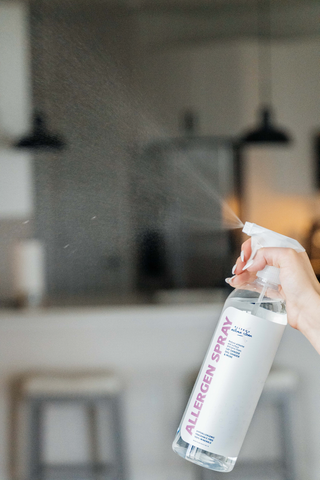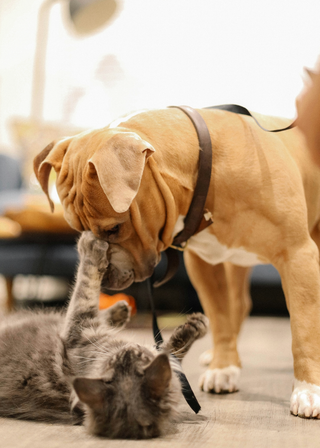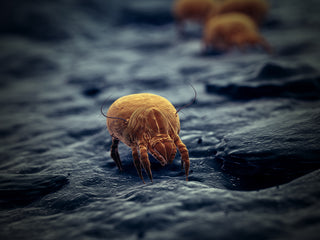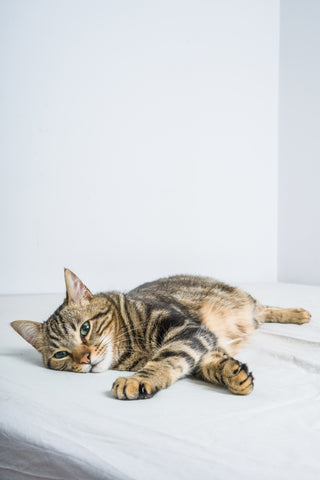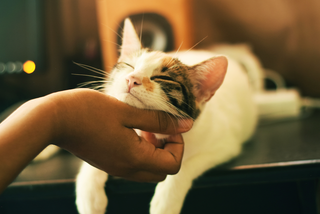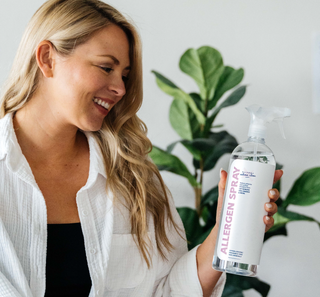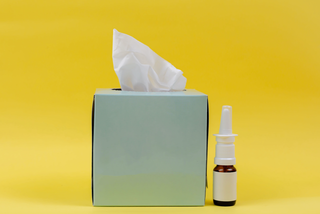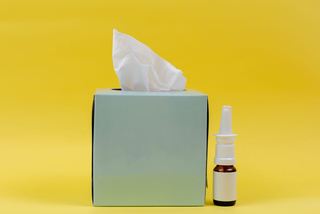Bengal cats aren't 100% allergy-proof but may produce lower Fel d 1 (primary allergen in cat saliva, skin, fur). Their sleek, pelt-like coat sheds less than typical breeds, reducing allergen spread. Cats produce up to 8 allergens; 60-90% of people react to Fel d 1. Compared to Siberians and Balinese (also low Fel d 1), Bengals require less grooming maintenance. Care includes weekly brushing, occasional monthly baths with hypoallergenic shampoo, high-protein diet with omega-3s for healthy coat, annual vet check-ups. Bengals are highly active, intelligent, need daily interactive play, climbing space, mental stimulation. Cost ranges $1,000-$3,000 from breeders. Test reactions by spending hours/days around Bengals before deciding.
Key Takeaways:
- Not fully hypoallergenic but lower allergen production – may produce less Fel d 1 protein (primary allergen in saliva, skin, fur); cats produce 8 allergens total; 60-90% react to Fel d 1; spend hours/days testing reaction before adoption
- Unique pelt-like coat reduces shedding – sleek, tightly-bound fur descended from Asian leopard cats; less prone to shedding than typical breeds; stunning shimmering "glittered" appearance
- Lower maintenance than other hypoallergenic breeds – compared to Siberians (plush coat needing more grooming) and Balinese (long-haired requiring fur management); Bengals balance low allergen potential with easy maintenance
- Grooming and diet reduce allergens – weekly brushing with slicker brush, monthly baths with hypoallergenic shampoo; high-protein diet (chicken, turkey, fish) with omega-3 fatty acids improves coat/skin health; avoid low-quality kibble
- High activity and intelligence demands – need daily interactive play, climbing space (vertical areas), mental stimulation (puzzle toys), socialization; higher food and healthcare costs; ideal for engaged, active owners
- Adoption vs. buying considerations – adoption: cheaper, saves life, find older cats but less early socialization control; buying: control development, test hypoallergenic traits, costly ($1,000-$3,000), research ethical breeders thoroughly
Understanding Hypoallergenic Cats, Bengal
You're seriously considering getting a Bengal cat because you've heard they're hypoallergenic, but you're not quite sure what that really means. Allergies can often make pet ownership feel like a challenge, throwing a major wrench in your cat-loving plans. You might be asking yourself, "What makes Bengal cats different from other breeds?" and "Could a Bengal actually work for me and my allergies?" Let's unravel these questions and explore the unique characteristics of Bengal cats that might just make them the perfect hypoallergenic companions for you. And did we mention the unique-looking markings on their fur? Beautiful!
1. What Makes Bengal Cats Hypoallergenic?
1.1 The Science Behind "Hypoallergenic"
When we talk about hypoallergenic cats, it's essential to clarify that no cat breed is 100% allergy-proof. However, Bengal cats stand out because they might produce a lower glycoprotein called Fel d 1, found in cat saliva and skin. This protein is the primary allergenic component that triggers reactions. Bengals and several other breeds are known to produce lesser amounts, making them more tolerable for allergy sufferers. Sounds good so far?
-
Fel d 1 Production: The Bengal cat production level is naturally lower, possibly.
-
Protein Location: Found in saliva, anal glands, sebaceous glands, skin and fur of cats.
It's fascinating how nature plays a role in shaping these felines into better-suited companions for allergy-sensitive individuals. While not entirely allergen-free, Bengal cats might reduce your chances of experiencing common allergy symptoms like sneezing and itchy eyes, but that is not guaranteed. Some people still experience allergy symptoms around these breeds, as cats produce more than one allergen. While the majority of the population is allergic to Fel d 1 (60%-90%), cats produce up to 8 different allergens. No wonder they are more allergic than dogs.
Pro-tip: Before making a decision, spend at least a few hours or days in a Bengal environment to evaluate your reaction.
1.2 Bengal Cats' Unique Fur Characteristics
Their coat is unlike the typical fuzzies. Bengals boast a sleek, pelt-like coat that's tightly bound to their bodies.
-
Coat Type: Pelt-like, less prone to shedding.
-
Origin: Ancestry traced back to Asian leopard cats.
Fun fact: Bengal cats' fur has a stunning shimmering quality, often described as "glittered."
1.3 Comparing Bengal Cats to Other Breeds
When compared to other hypoallergenic breeds, such as the Siberian or Balinese, Bengals rank high primarily due to possible lower Fel d 1 production and unique coat. While Siberians might also have low allergen levels, their plush coat requires more maintenance, potentially spreading allergens around.
Let's take a glance:
-
Siberians: Low Fel d 1, but higher fur maintenance.
-
Balinese: Known as "long-haired Siamese" with low allergen levels, but requires more fur management.
In contrast, Bengals merge low allergen levels and easy maintenance into an attractive package. This makes them appealing for those seeking a reduced allergy pet without constant grooming tasks. Bengal cats offer an excellent balance of low allergen potential and stunning looks, which might just make them stand out as the pet of choice for you.
Pro-tip: Consider visiting the homes of friends or breeders with different breeds to compare your allergy responses directly.
2. Caring for Your Hypoallergenic Cats, Bengal
2.1 Proper Grooming Techniques
Caring for your Bengal's coat is crucial, even with its reputation for being lower in allergens. Regular grooming can help keep allergens at bay and ensure a healthy, shiny coat. Weekly brushing is a must to remove loose fur and prevent matting; a slicker brush works best for Bengals. Thanks to their short fur, Bengals don't require excessive grooming, but routine maintenance helps minimize allergens and shedding.
While Bengals are known for being relatively low-maintenance, consider using pet grooming wipes to freshen up their coat between baths. Baths should be occasional—perhaps once a month—using a gentle, hypoallergenic shampoo. Post-bath, make sure they're completely dry to prevent any skin issues. Keeping their coat clean and dander-free contributes to a healthier environment for you and your pet.
Pro-tip: Start grooming your Bengal when they're young, so they get used to the process and come to enjoy their grooming sessions over time.
2.2 Diet and Nutrition for Healthier Fur
A Bengal cat’s diet plays a significant role in maintaining its coat's health and reducing allergy-causing dander. Opt for high-protein diets with meat as the first ingredient—chicken, turkey, or fish. Bengal cats thrive on balanced nutrition; incorporating Omega-3 fatty acids, often found in fish oil supplements, can improve their skin and fur health.
Avoid feeding them low-quality kibble high in fillers and artificial additives, as these can lead to skin problems and increase shedding. Freshwater should always be available, as hydration affects their health and fur condition. If you're noticing excessive shedding or dull fur, consult your vet for potential allergies or dietary recommendations.
Pro-tip: Introduce new foods gradually to your Bengal's diet to prevent digestive upset, and consider consulting your vet about incorporating raw diets for optimal health.
2.3 Regular Health Check-Ups
Bengals are active, robust cats, but routine health check-ups are still essential to catch potential issues early. Schedule at least annual vet visits for comprehensive health assessments, including dental checks, which can affect their overall well-being and coat quality. Vaccination updates and parasite control are also managed during these visits.
Monitoring your cat's behavior can cue you into health issues. Look out for changes in appetite, energy, or coat condition, which could indicate underlying problems. Bengal cats’ lively nature means they need robust joints, so ask your vet about joint supplements as they age. Regular screenings for diseases common in exotic breeds, like HCM (Hypertrophic Cardiomyopathy), ensure your Bengal stays healthy and playful for years.
Pro-tip: Consider investing in pet insurance for your Bengal to cover unexpected medical expenses, ensuring they receive the best care without financial stress.
3. Choosing the Right Hypoallergenic Cat for You
3.1 Understanding Your Allergy Triggers
It's crucial to discern what exactly you're allergic to in cats. Most people react to a protein called Fel d 1, found in a cat's saliva, skin, and dander. Before getting a Bengal, consider getting tested to know your specific triggers, as it could be something else entirely.
-
Cat saliva: Some react severely to proteins found in the saliva.
-
Dander: A combination of skin and fluid shedding from cats.
-
Urine or feces residue: Though less common, this can still provoke reactions.
Pro-tip: Spend time around cats before deciding to adopt one. Visiting a friend with a Bengal or spending time at shelters can help gauge your sensitivity.
3.2 Factors to Consider When Choosing a Bengal
When choosing a Bengal, evaluate not just your allergies but also your lifestyle. Bengals are highly active and intelligent, demanding plenty of stimulation. Consider whether you're ready for a cat that needs more attention, playtime, and enrichment activities. Some essential questions to ponder include:
-
Activity Level: Are you able to provide interactive play daily?
-
Living Space: Does your home have enough vertical space for climbing?
-
Time: Do you have enough time to meet their socialization needs?
-
Costs: Can you accommodate higher food and healthcare expenditures?
Bengals thrive with variety and mental challenges. Puzzle toys, climbing trees, and regular play can make them happier. This breed might be ideal for an owner who enjoys engaging in active pet care.
3.3 Adopting vs. Buying: What's Best for You?
Adopting a Bengal could be a fulfilling option, offering a home to a cat in need. Many rescue organizations and shelters have Bengals due to owners being unprepared for their needs. Think about visiting local shelters or contacting breed-specific rescues. However, purchasing from a breeder is also an option if you're particular about lineage or specific traits.
Here’s a straightforward breakdown:
-
Adoption Pros: Often cheaper, you save a life, can find older cats.
-
Adoption Cons: Less control over early socialization, potential unknowns in history.
-
Buying Pros: You have more control over the cat’s early development, and you can test breeders for hypoallergenic traits.
-
Buying Cons: It can be costly, and if there are ethical concerns about breeding, you understand the cat's lineage.
Pro-tip if you choose to buy: Research breeders thoroughly to ensure they raise healthy cats in ethical conditions.
Choosing a hypoallergenic cat like a Bengal can be an exciting journey tailored to your lifestyle and allergy compatibility. Balance your needs with the characteristics of a Bengal, whether adopting or buying. Understanding your allergies and the factors involved can lead you to a rewarding pet-human companionship.
Frequently Asked Questions
Can I have a Bengal cat if I'm allergic to cats?
Bengal cats are possibly known to produce less allergenic Fel d 1 protein, which might make them more tolerable for some allergy sufferers. Spending time around Bengals before adoption can help determine your individual reaction.
What is the #1 most hypoallergenic cat?
While no cat is completely hypoallergenic, the Siberian and Balinese breeds are often considered the most hypoallergenic due to possible lower levels of Fel d 1 protein production. Still, they do have higher fur management requirements.
How much does a hypoallergenic Bengal cat cost?
The cost of a Bengal cat can range from $1,000 to $3,000, depending on factors like lineage and breeder practices. Prices can vary based on location and breeder reputation.
Are Bengal cats high maintenance?
Yes, Bengals can be high maintenance due to their active nature, requiring plenty of play, mental stimulation, and attention.
Looking for effective ways to manage your allergies while enjoying the company of a Bengal or any hypoallergenic cat? Check out Allergy Defender's allergen spray here for additional support in reducing allergen exposure.

